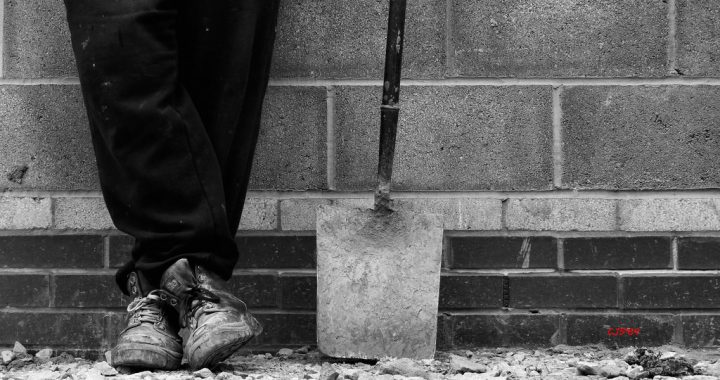(This post is written for alumni of LEAD 365, although all are welcome to read it.)
More and more leaders are writing and talking about the importance of purpose for their organizations. Simon Sinek started some of the renewed interest in getting clear about your organization’s purpose—or reason for existing—with his TED Talk describing the golden circle, with “why” at the center, “how” in the next concentric circle, and “what” in the outer circle. (His talk is embedded at the bottom of this post. It’s worth watching again if you have the time.)
I recently heard the following parable about people who don’t understand their purpose—their “why”:
A mayor was out walking in her city one day and noticed something weird. She saw one of the city’s workers digging a hole, only to be followed by another worker promptly filling it in.
She was perplexed by this work and asked them what they were doing. The older of the two shared that he digs the hole, a second worker plants a tree in it, and a third worker fills in the hole. He reported that their second teammate was out ill, but it was such a nice day that they wanted to get their work done anyway, so there they were, digging holes and filling them in.
The storyteller mentioned that this hardworking team forgot the “why” of their work. They knew their “how” (use shovels to move dirt) and their “what” (dig and fill holes), but they forgot their “why” (to plant trees). The leader who shared this story did so to suggest that his organization had also forgotten their “why.”
While I enjoyed the story and I couldn’t argue with his conclusion, I wasn’t at all satisfied with planting trees as a meaningful enough purpose for any team. Real purpose needs to have more meaning in order to motivate the creation of great vision, planning, and effort.
This reminded me of my work as an engineer when I first learned about a method called “the five whys.” The five whys is used to identify the root cause of something—usually a defect in a product. The five whys method is quite simple—all you do is continue to ask why something failed until a deeper root cause of the failure is identified and then corrected. Fixing this deeper cause should fix the problem once and for all, and keep the problem from occurring in future products, rather than simply fixing a symptom of that deeper problem, which would allow other symptoms to pop up later over and over.
Here’s a fairly simple example of how this works in the engineering or product design industry:
- Why isn’t the clicker on this pen working?
Answer: The plastic housing cracked, which allowed the spring to dislodge. - Why did it crack?
Answer: The housings were molded when the humidity was high and that caused the housing to be brittle and prone to cracking. - Why does it get brittle when molded in humid conditions?
Answer: It’s not a material that does well when molded in high humidity. - Why was that material chosen?
Answer: The molders didn’t seek out a materials expert when this plastic was specified. - Why didn’t they seek an expert?
Answer: They thought they knew enough about materials for such a simple product. - Final Solution: Always check with a materials expert when selecting plastic for a product. The materials expert knows what variables to account for when making this selection, and our product will be more reliable because of that outside expertise.
As I reflected on this, I wondered if the five whys might work for identifying deeper individual or organizational purpose. I’ll play with the tree planting example to see how it goes:
- Why are we digging these holes?
Answer: To plant trees (the first level of purpose). - Why are we planting trees?
Answer: To beautify our city. - Why are we beautifying our city?
Answer: To make it a more pleasant place to live, thus attracting people to move here. - Why do we want people to move here?
Answer: It attracts talented people which helps to create a stronger economy. - Why do we want a stronger economy?
Answer: It enriches people’s lives—both those who can work hard and earn wealth and also nonprofit organizations that depend on the support of those with wealth.
This is also a simple example, and I’ll be playing more with the idea of using the five whys to identify purpose over the coming months. Initially, it seems like it might be a good tool to help us be intentional about creating clarity around our “why”—our purpose.
Maybe if you play around with this approach it will help you gain greater clarity about the purpose for your company, organization, or team.
I’d love to hear what you think.
Lead well!
Rodg
Image by CJS*64 “Man with a camera”. Used under CC by-ND 2.0 license.

